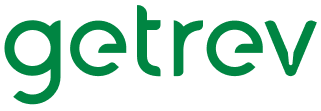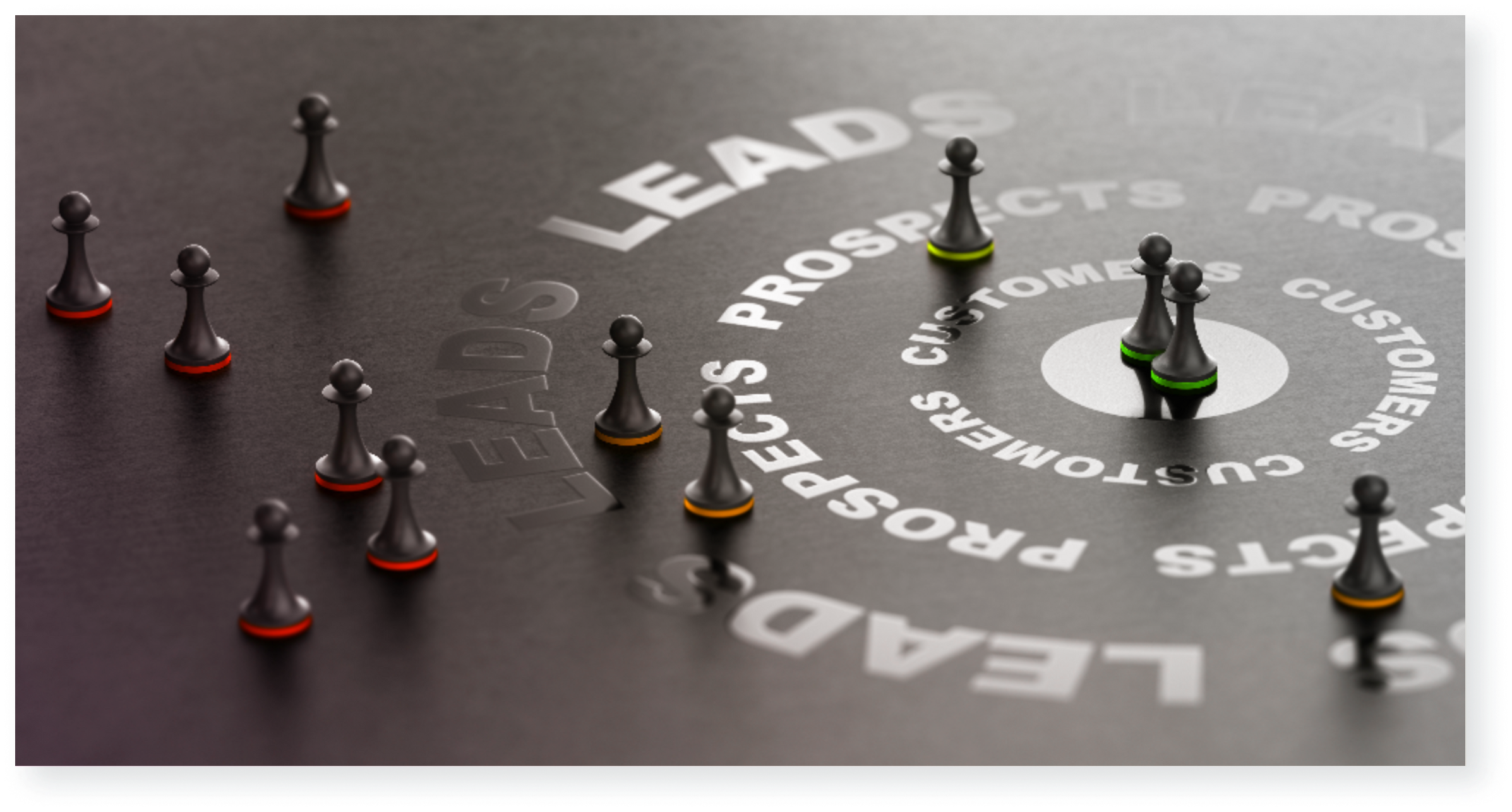If we had to summarize the modern relationship between marketing and sales, it would sound something like: Generate more and better leads, so we can close more deals more effectively. But how? How can marketing leverage the data it has available to drive more value and get better leads? How can they provide measurable and repeatable value to the company?
That’s the work of a demand gen team. We recently sat down with Joe Paone, Senior Director of Worldwide Marketing at Splunk, to talk about not only why a mature demand gen engine is critical to a modern marketing team, but how to understand the evolution of that program.
After all, a demand gen program doesn’t grow spontaneously out of that initial lead gen stage of grabbing whatever leads pop up and throwing them over the fence. There’s a distinct maturation process, from that initial stage to a full-funnel experience.
In his 15+ years of experience, starting in the financial service industry and shifting into sales and marketing for B2B tech, Joe understands the phases of building and evolving a modern demand gen engine to generate higher-quality leads at scale.
Here, he takes us on a deeper look at those phases, how to keep sales and marketing aligned efficiently through the whole process, and finally how to frame this process to achieve better buy-in (and thus better funding) for your demand gen program.
Phase 1: Generating leads
In the early stages of maturation, a marketing team might already be handing some leads to the revenue team, but there’s likely only a couple channels driving those leads at this point, and limited data on the interaction points within these leads.
So square one is all about lead generation.
“There aren’t necessarily any other KPIs tied to the marketing team,” Joe says. “And it’s probably a very small team. If there’s even one or two people focused on the demand gen-type role, they’re probably running tactics that are broad-based in nature.
This phase is more about lead volume than optimization. Sales priorities drive the strategies in these early stages. The technology is typically limited to a CRM, maybe an email service provider and not much else.
“You have to be a little bit crafty in what you’re doing to generate leads,” Joe says.
Phase 2: Building out your tactics
After some time in phase one, the team starts adding more people. Operations don’t change too much, and the team still focuses on generating quantities of leads more than optimizing the characteristics of those leads.
But with more people comes the ability to add more and different tactics. Tack on an ESP. Build out some marketing automation. Leverage third parties for paid lead-generation programs. All strategies that emphasize increasing lead volume—particularly when we’re in B2B and high-growth tech.
It makes sense that these first two stages of demand gen maturity emphasize volume: a marketing org can’t figure out where to learn and how to grow with just a handful of data points. Plus, the sales side is striving to add sellers, and marketing has to keep up with adding leads. There’s still not the luxury of overly concerning ourselves with quality.
“The maturity in this early-ish stage coincides oftentimes with the sales maturity,” Joe explains. “There’s no pre-sales role or function developed. Once that gets mapped out on the sales side, it pushes forward what’s happening on the marketing side, so you can shift additional programs more toward quality.”
Phase 3: Getting technical
But when that shift to quality over quantity happens, it happens quickly. “All of a sudden you now need to move from a marketing perspective to how you are going to nurture leads, how to move them through the funnel, how to provide the sellers with higher-quality leads,” Joe says.
This is the tipping point of demand gen maturity: now a team needs to add roles like marketing operations to tie together the technologies it’s been adopting. In many cases and to varying degrees, the org ends up being tech-driven in order to integrate tactics and better understand touch points.
By this point, a team has its marketing automation well integrated and is doing basic segmentation. It’s got lead scoring going on. It’s possibly even leveraging sales productivity tools, which could be owned by either the marketing or the sales team. And it’s using these advanced technologies to begin optimizing toward different touch points.
“From a strategy standpoint, now in demand gen, you can attribute pipelines to different tactics you’re running,” Joe says. “You’ve likely got some version of a pipeline goal, and you need to be able to build a fully integrated plan that’s driving pipeline. You’re going to be held accountable at some level with the sales org on what sort of pipeline you’re generating.”
Phase 4: Becoming specific and specialized
Pipeline goals drive this increasingly complex phase of demand gen maturity. It’s no longer enough to have a strong pipeline—the team is now concerned with what is in that pipeline, and how it fits what the company is looking for.
For instance, if a company has several products in its suite, each one might have its own specific pipeline, in addition to a general purpose pipeline. Then, what are the conversion rates in each pipeline—by channel and motion? A team by this point has to become increasingly sophisticated to analyze what happens after pipelines are created, as well.
“From a people standpoint, this is usually the moment when people shift from being generalists in demand gen, doing a little bit of everything, to specialists,” Joe says.
The roles get more clearly defined by necessity. The person running paid programs cannot also manage email marketing—everyone needs to fill a specific role at some stage of the funnel, and they all work together in an integrated plan.
Thus, this stage of maturity also embraces more resources, and technology becomes increasingly sophisticated and predictive to inform the targeting. This stage is often when companies integrate services like Rev, which leverages an AI-driven model to evaluate your current best customers and identify act-alike prospects most likely to engage with your products.
“You’ll probably be leveraging third-party data along with your first-party data in the programs that you’re putting in and the segmentations that you’re building,” Joe says. “Depending on the type of company, this is where you’ll likely have an account-based approach if there’s a top list of sales accounts, or maybe you’re using a predictive model to determine what those top sales accounts are. Depending on the type of company, you might see a breakdown between enterprise and SMB focused, and customers versus prospects. The teams may align based on that, so they can build much more specific programs.”
Essentially, by this point in maturation, the team has completely shifted from lead gen to demand gen—incorporating and synthesizing the full funnel experience.
Align sales and marketing through the entire evolution
In a mature demand gen model, marketing is accountable to both sales and potential customers longer than in lead gen models. It’s not a case of throwing leads over the fence anymore. Instead, it’s increasingly essential to bring sales into the demand gen process—in a productive and healthy way—so that the process results in leads they can close.
But there is no easy silver-bullet answer to how to do that. But where to start is clear: at the beginning.
“It starts with the plan of record and ensuring that sales is part of that, that what marketing is signing up for is what sales leadership agrees with,” Joe says.
He sees companies often struggle with following through on that agreement. Even with agreement at the beginning of the process, changes often happen—sales priorities shift (and frequently) based on what’s working and not working in the field. Joe understands that it’s marketing’s role to remain flexible in what it’s doing, while staying in alignment with the goal posts (even as those also shift).
“If we can have a guiding post of our objective is X percent of pipeline overall will be generated by marketing, we know we might have to flex on where that pipeline is coming from or what we’re focused on,” he explains.
“We can change dollars to different types of programs, as long as we can agree that for this fiscal year we will be generating this amount of pipeline with sales. That’s the right starting point. Having them involved in the beginning helps them buy into it so they understand what marketing is signing up for.”
The idea of a shared vision allows not only sales but other areas of the company to engage in real feedback loops that help iterate how the company can reach its goals. Flexibility within marketing is necessary not only to maintain alignment with sales, but also to respond to input from other stakeholders, and to adapt to an ever-changing world.
Advice for starting out: Get buy-in with your demand gen vision
Building out a demand gen engine can be intimidating. Whether a company is ripe and ready for a natural maturation, or marketing is getting pushed to build a robust program, it’s a serious undertaking that can actually feel a bit scary.
So to get started, Joe recommends getting clarity and support from senior leadership within marketing.
“It definitely helps to have buy-in on what the objectives are and where you’re taking the demand gen team,” he says. And if you need to communicate that to the senior leadership to earn their buy-in? “Start by showing the benefits of moving in a more mature direction.”
For instance: if you don’t yet have a marketing automation platform, you can present a conceptual understanding of what it can achieve for the company. Joe points out that so many vendors offer sophistication in their programs, including assistance in helping you sell to your leadership team—not just the product, but the vision and the direction.
Conceptually, these growth stages make a lot of sense. “You’re already generating some volume of leads, and you’re going to hear feedback from sales—whether these are good leads, not good leads, whether you need to do something more, participate in certain types of events, be where your competitors are,” Joe says. “That’s going to help push you too. You can combine the sales pressure to be more sophisticated, and the technology that’s available.”
Once you can make your demand gen maturation goals explicit to leadership and other internal stakeholders, you can make the case for budget so you can actually implement the vision. Then, continuing to make the case for resources gets easier—the more you develop, the more easily you can point to the impact you’re having, track your results and justify better funding. It becomes a positive fulfillment cycle,
“What I’ve seen work is really showcasing the value to sales,” Joe says. “Ultimately, it’s not even about pipeline that’s being generated, it’s about the bookings that are being won. That’s the final stage of maturity: optimizing programs based on what has closed bookings. Seeing that target, where ultimately you’re going to need to go, can help you start to build the path to get there.”

























